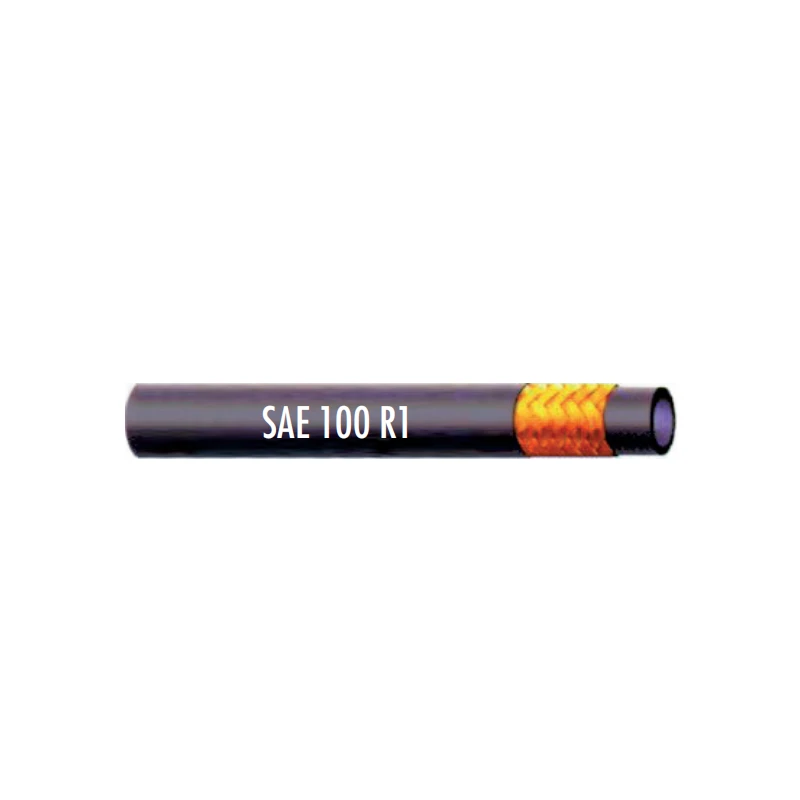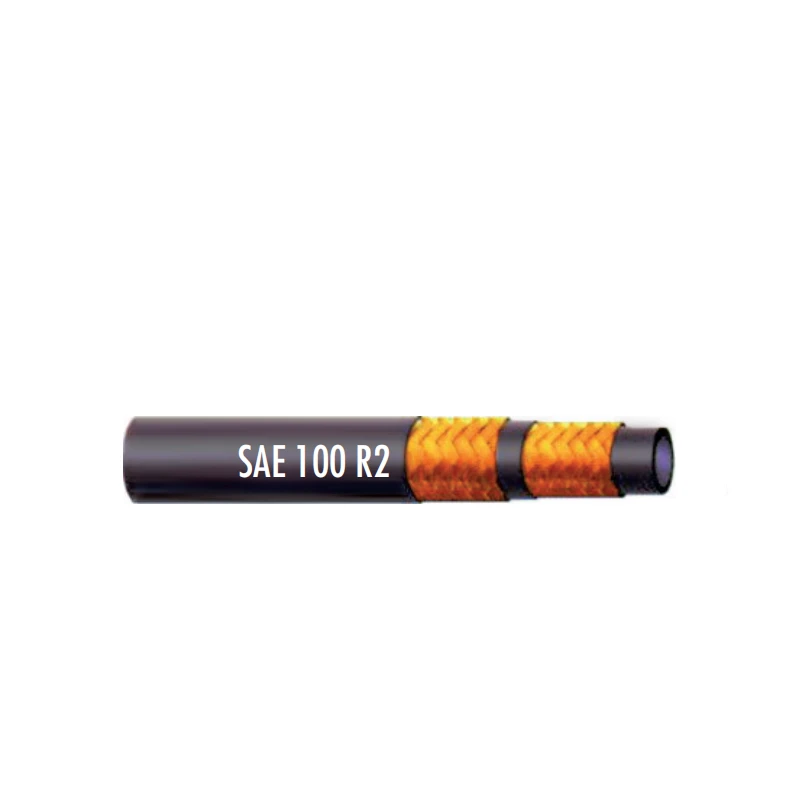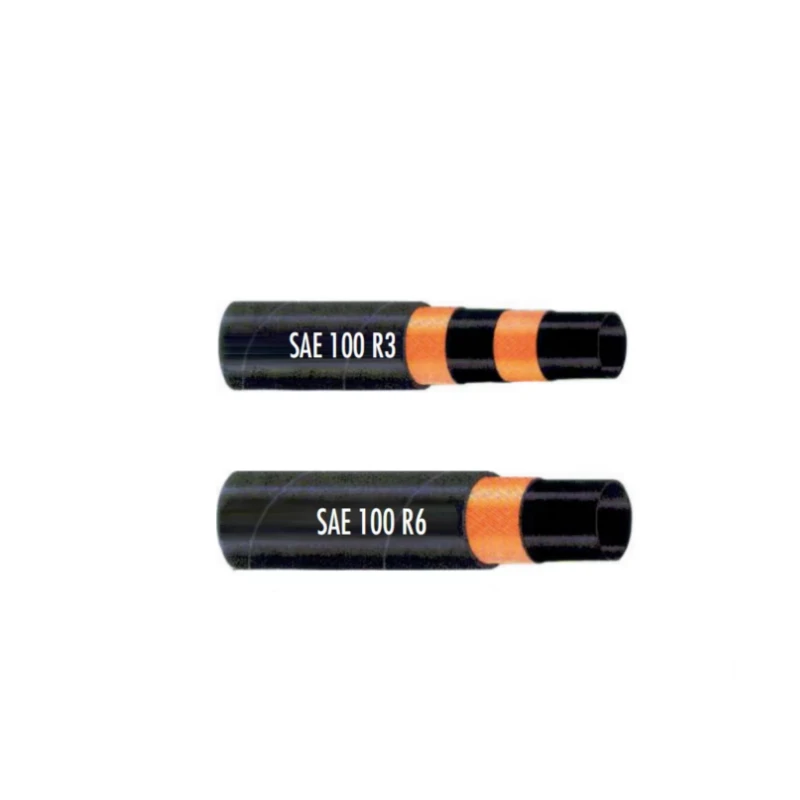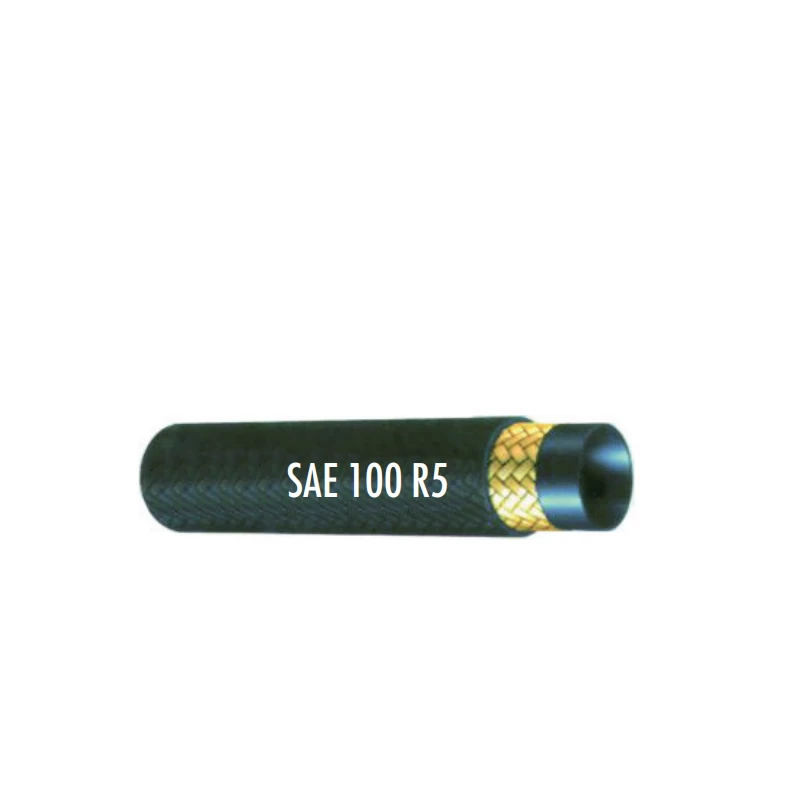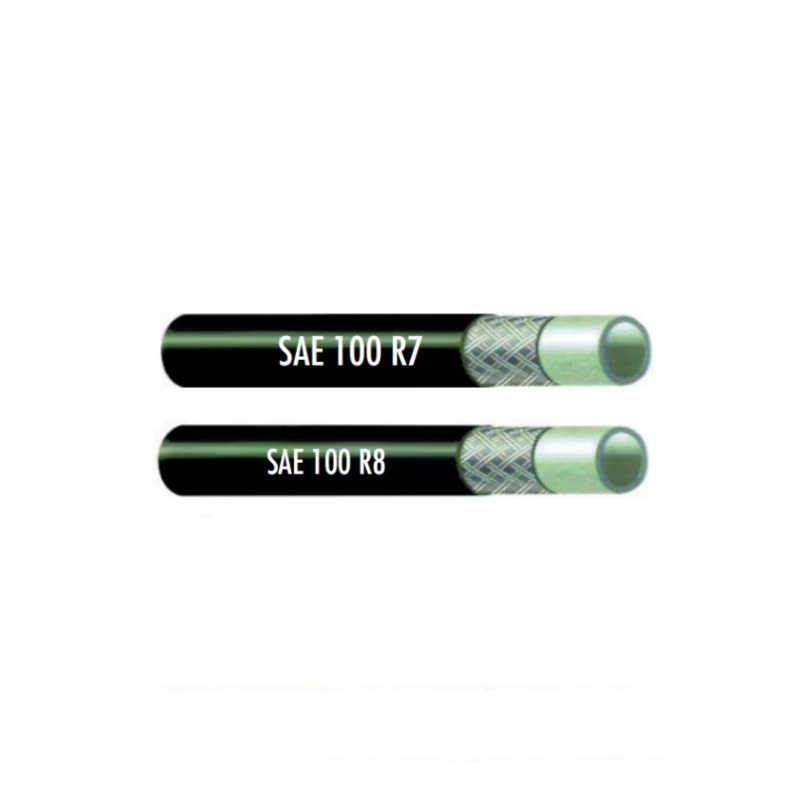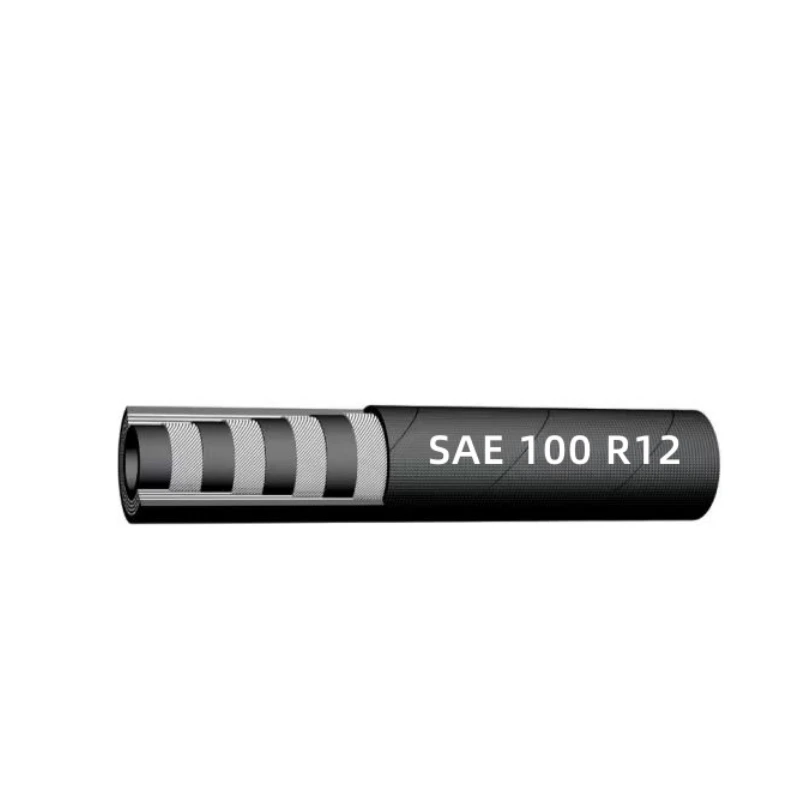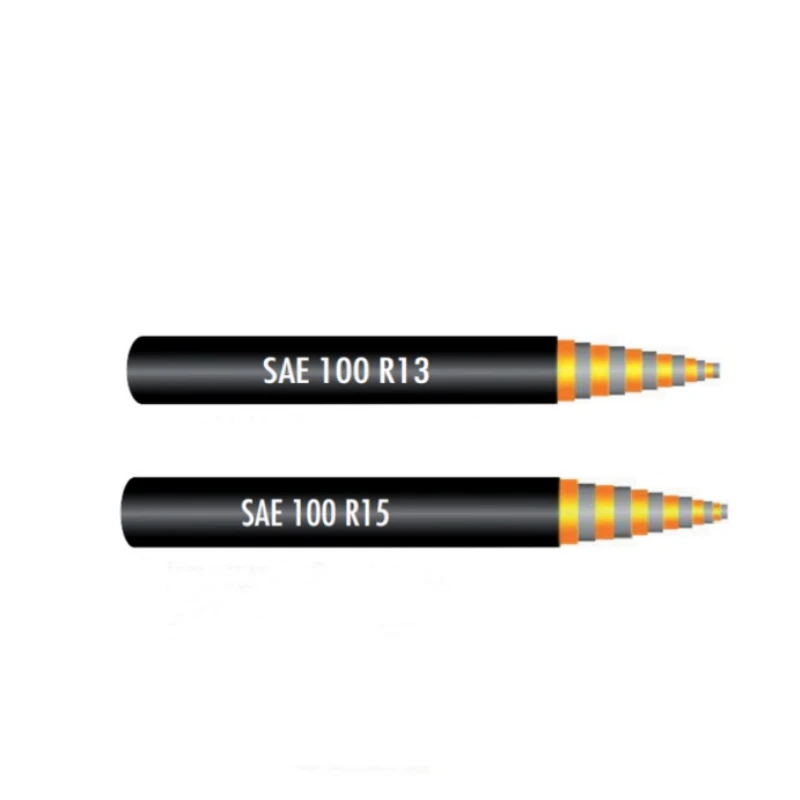
- Afrikaans
- Albanian
- Amharic
- Arabic
- Armenian
- Azerbaijani
- Basque
- Belarusian
- Bengali
- Bosnian
- Bulgarian
- Catalan
- Cebuano
- Corsican
- Croatian
- Czech
- Danish
- Dutch
- English
- Esperanto
- Estonian
- Finnish
- French
- Frisian
- Galician
- Georgian
- German
- Greek
- Gujarati
- haitian_creole
- hausa
- hawaiian
- Hebrew
- Hindi
- Miao
- Hungarian
- Icelandic
- igbo
- Indonesian
- irish
- Italian
- Japanese
- Javanese
- Kannada
- kazakh
- Khmer
- Rwandese
- Korean
- Kurdish
- Kyrgyz
- Lao
- Latin
- Latvian
- Lithuanian
- Luxembourgish
- Macedonian
- Malgashi
- Malay
- Malayalam
- Maltese
- Maori
- Marathi
- Mongolian
- Myanmar
- Nepali
- Norwegian
- Norwegian
- Occitan
- Pashto
- Persian
- Polish
- Portuguese
- Punjabi
- Romanian
- Russian
- Samoan
- scottish-gaelic
- Serbian
- Sesotho
- Shona
- Sindhi
- Sinhala
- Slovak
- Slovenian
- Somali
- Spanish
- Sundanese
- Swahili
- Swedish
- Tagalog
- Tajik
- Tamil
- Tatar
- Telugu
- Thai
- Turkish
- Turkmen
- Ukrainian
- Urdu
- Uighur
- Uzbek
- Vietnamese
- Welsh
- Bantu
- Yiddish
- Yoruba
- Zulu

សីហា . 11, 2025 12:00 Back to list
SAE 100 R1 Hydraulic Hose - Durable, Flexible Fluid Transfer
Navigating the Landscape of High-Performance Hydraulic Hoses
In the demanding realm of industrial and mobile hydraulics, the integrity and performance of every component are paramount. Among the critical elements, hydraulic hoses stand as vital conduits, transmitting power through fluid pressure. Industry trends reveal a growing demand for hoses that offer superior durability, flexibility, and pressure resistance, driven by the increasing complexity and power requirements of modern machinery. This necessitates a deep dive into established standards that guarantee reliability and safety. Specifically, the Steel Wire Reinforced Hydraulic Hose SAE 100 R1 / EN853 1SN S emerges as a benchmark, renowned for its robust construction and wide applicability. Understanding its technical underpinnings, manufacturing precision, and practical advantages is essential for B2B decision-makers seeking optimal system performance and longevity in their operations. This article explores the defining characteristics and strategic importance of this critical component in modern hydraulic systems, emphasizing its role in various high-pressure applications.
The design and material science behind the SAE 100 R1 standard ensure that these hoses can withstand significant operational stresses, including high working pressures, temperature fluctuations, and exposure to various hydraulic fluids. Their consistent performance across diverse environments contributes directly to minimizing downtime and extending the service life of heavy machinery. As industries evolve towards more efficient and powerful equipment, the selection of components like the SAE 100 R1 hose becomes a pivotal decision that impacts overall operational efficiency, safety compliance, and long-term cost-effectiveness. This standard, alongside its AT variant, often referred to as SAE 100 R1 AT, represents a foundational choice for engineers and procurement specialists globally.
Unpacking the SAE 100 R1 Standard: Structure and Specifications
The SAE 100 R1 specification, often paralleled by the EN853 1SN standard, dictates a specific construction for single steel wire braided hydraulic hoses. This design is engineered to deliver reliable performance under medium to high-pressure conditions. At its core, a typical 100R1 hydraulic hose consists of three primary layers: an inner tube, a single layer of high-tensile steel wire braid reinforcement, and an outer cover. The inner tube is usually made from oil-resistant synthetic rubber, ensuring compatibility with a wide range of hydraulic fluids, including petroleum-based, water-glycol, and water-oil emulsion types. This material choice is critical for preventing fluid degradation and maintaining the purity of the hydraulic system.
The reinforcing layer, a single braid of high-strength steel wire, is the backbone of the SAE 100 R1 hose, providing the necessary structural integrity to withstand significant internal pressures. The braiding angle and wire quality are meticulously controlled during manufacturing to ensure uniform stress distribution and prevent kinking or collapse under dynamic conditions. Finally, the outer cover, typically made from abrasion and weather-resistant synthetic rubber, protects the internal components from external damage, environmental factors like ozone and UV radiation, and operational hazards. This robust construction makes the SAE 100 R1 hose a preferred choice in industries where durability and consistent performance are non-negotiable, offering a balance of flexibility and strength crucial for intricate hydraulic systems.
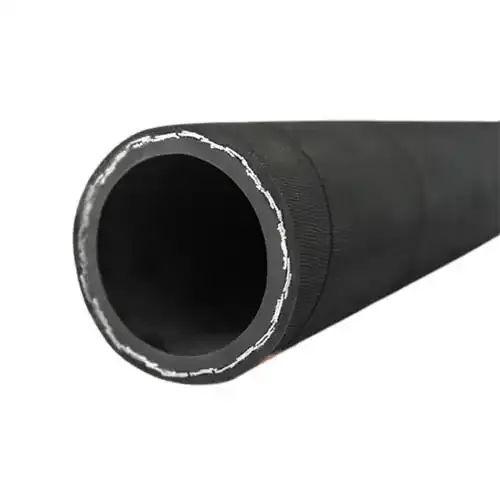
Figure 1: Cross-section illustrating the robust construction of an SAE 100 R1 hydraulic hose.
The Precision Behind the Product: SAE 100 R1 Manufacturing Process
The manufacturing of a high-quality SAE 100 R1 hose is a sophisticated process that demands precision engineering and stringent quality control at every stage. It begins with the careful selection of raw materials: synthetic rubber compounds for the inner tube and outer cover, and high-tensile steel wire for reinforcement. The inner tube is first extruded, a process where molten rubber is forced through a die to form a continuous tube of the specified inner diameter. This extrusion must be consistent in thickness and free of imperfections to ensure smooth fluid flow and prevent leakage.
Following the inner tube extrusion, the steel wire reinforcement is applied through a braiding process. Advanced braiding machinery meticulously wraps a single layer of steel wire around the inner tube at a precise angle, which is critical for the hose's pressure rating and flexibility. This stage is crucial for the hose's burst pressure and working pressure capabilities. After braiding, the outer cover is extruded over the reinforced inner tube, providing external protection. Finally, the hose undergoes vulcanization, a curing process that enhances the rubber's physical properties, making it more durable, resilient, and resistant to temperature extremes and chemical degradation. Throughout these stages, continuous testing and quality checks, adhering to standards like ISO 1436 and EN 853, are performed to ensure the final 100R1 hose meets or exceeds all performance specifications, including burst pressure, impulse cycling, and flexibility.
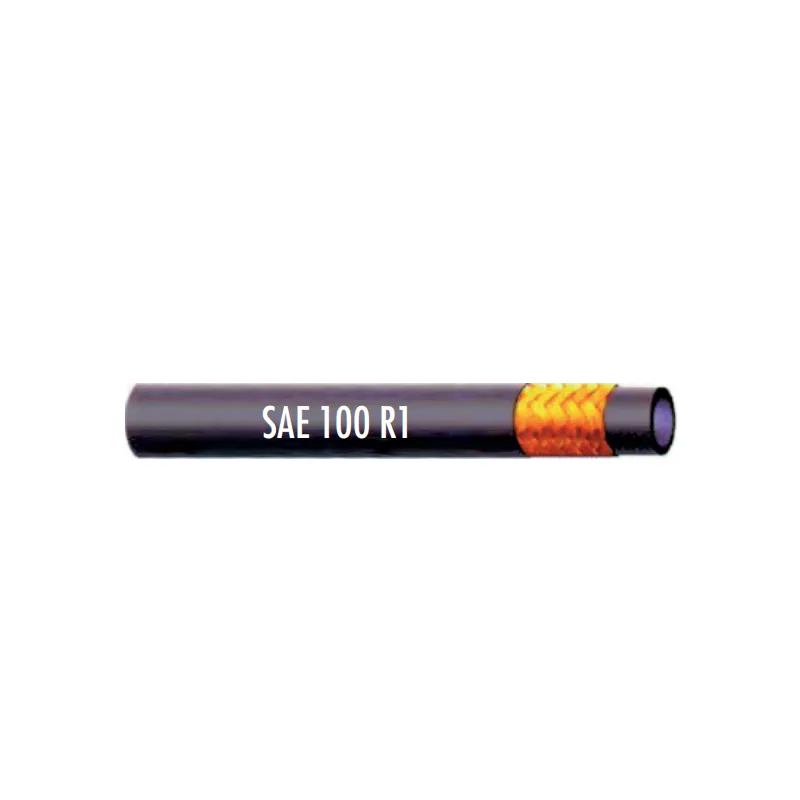
Figure 2: Advanced machinery involved in the precise braiding of steel wire for SAE 100 R1 hydraulic hoses.
Technical Parameters and Performance Benchmarks for SAE 100 R1 Hoses
Understanding the detailed technical parameters of a SAE 100 R1 hydraulic hose is crucial for proper system design and selection. These parameters define the hose's operational limits and ensure compatibility with specific hydraulic applications. Key metrics include the inner diameter (ID), outer diameter (OD), working pressure, burst pressure, minimum bend radius, and operating temperature range. The working pressure specifies the maximum continuous pressure the hose can safely handle, typically with a safety factor built in. Burst pressure, on the other hand, indicates the pressure at which the hose is expected to fail, providing a critical safety margin.
The minimum bend radius is a crucial design consideration, indicating the tightest curve the hose can form without kinking or sustaining damage, which could lead to premature failure. This is particularly important in compact machinery or systems with complex routing requirements. Furthermore, the operating temperature range ensures the hose maintains its flexibility and integrity under varying thermal conditions. Hoses designed to SAE 100 R1 standards are generally suitable for temperatures ranging from -40°C to +100°C (-40°F to +212°F), with short excursions up to +120°C (+248°F) for petroleum-based fluids. The following table provides typical specifications for common sizes of SAE 100 R1 hydraulic hose.
Table 1: Representative specifications for various common sizes of SAE 100 R1 hydraulic hose, reflecting typical performance capabilities. Actual specifications may vary slightly by manufacturer.
Versatile Applications and Unmatched Advantages of SAE 100 R1 Hoses
The robust design and consistent performance metrics of the SAE 100 R1 hose make it an indispensable component across a multitude of industries. Its reliability under medium-to-high pressure conditions ensures efficient power transmission in diverse hydraulic systems. Common applications include agricultural machinery, such as tractors and combines, where hydraulic power is essential for operating attachments like plows and loaders. In construction, these hoses are vital for excavators, bulldozers, and cranes, facilitating the movement of booms, buckets, and other heavy-duty components. The mining sector also heavily relies on the durability of SAE 100 R1 and SAE 100 R1 AT hoses for hydraulic systems in drills, conveyors, and rock breakers, where resistance to abrasion and impact is critical.
Beyond heavy machinery, the 100R1 hose finds applications in general industrial equipment, material handling systems, and even some municipal vehicles. Its primary advantages include excellent resistance to abrasion and weathering due to the durable outer cover, high pressure handling capabilities facilitated by the single steel wire braid, and a broad operating temperature range. Furthermore, the synthetic rubber inner tube ensures superb fluid compatibility, extending the service life of both the hose and the hydraulic fluid. These collective advantages translate into enhanced operational safety, reduced maintenance costs, and improved overall productivity for businesses. The 100R1 hydraulic hose's inherent flexibility also allows for easier installation in complex routing paths, contributing to design efficiency and reduced labor costs.
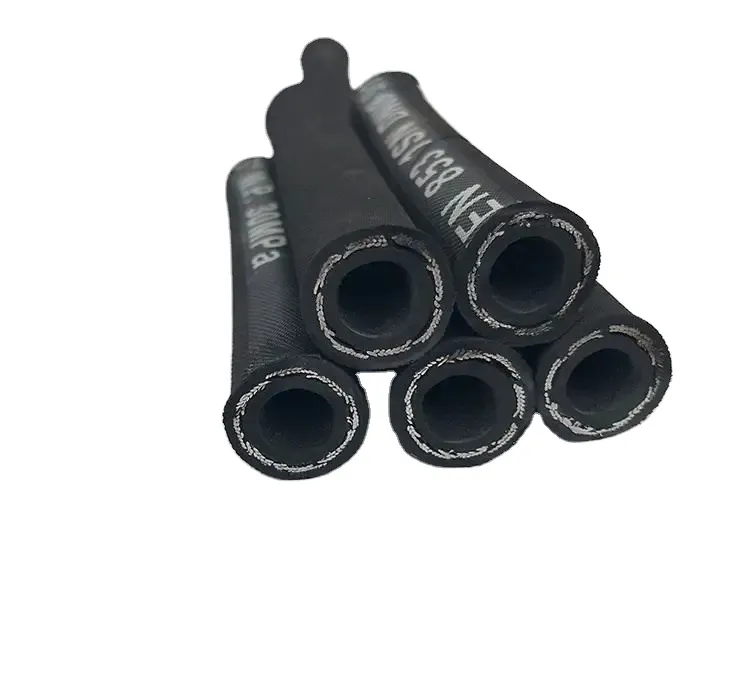
Figure 3: Illustrative application of SAE 100 R1 hoses in heavy machinery, demonstrating their critical role in hydraulic power transmission.
Customization and Supplier Selection: Beyond Standard SAE 100 R1
While the SAE 100 R1 standard provides a robust foundation, specific industrial applications often require customized solutions to meet unique operational demands. This might involve variations in outer cover materials for enhanced resistance to specific chemicals or extreme temperatures, or specialized fittings and end connections to integrate seamlessly into existing hydraulic systems. A reputable manufacturer of SAE 100 R1 hose will offer comprehensive customization options, including different outer cover colors for coding purposes, specific lengths, and pre-assembled hose lines with crimped fittings. The ability to provide bespoke solutions is a hallmark of a knowledgeable supplier who understands the nuances of diverse B2B requirements.
When evaluating potential suppliers for your 100R1 hose needs, it's crucial to look beyond just price. Key considerations include the manufacturer's adherence to international quality standards such as ISO 9001, EN853, and MSHA (Mine Safety and Health Administration) for flame resistance, demonstrating their commitment to safety and performance. Investigate their testing capabilities, including impulse testing, burst pressure testing, and material compatibility assessments, to ensure the hoses consistently meet published specifications. Furthermore, inquire about their supply chain reliability, lead times for both standard and customized orders, and their post-sales support, including technical assistance and warranty policies. A strong track record, positive customer testimonials, and a commitment to long-term partnerships are indicative of a trustworthy and authoritative supplier in the hydraulic hose industry.
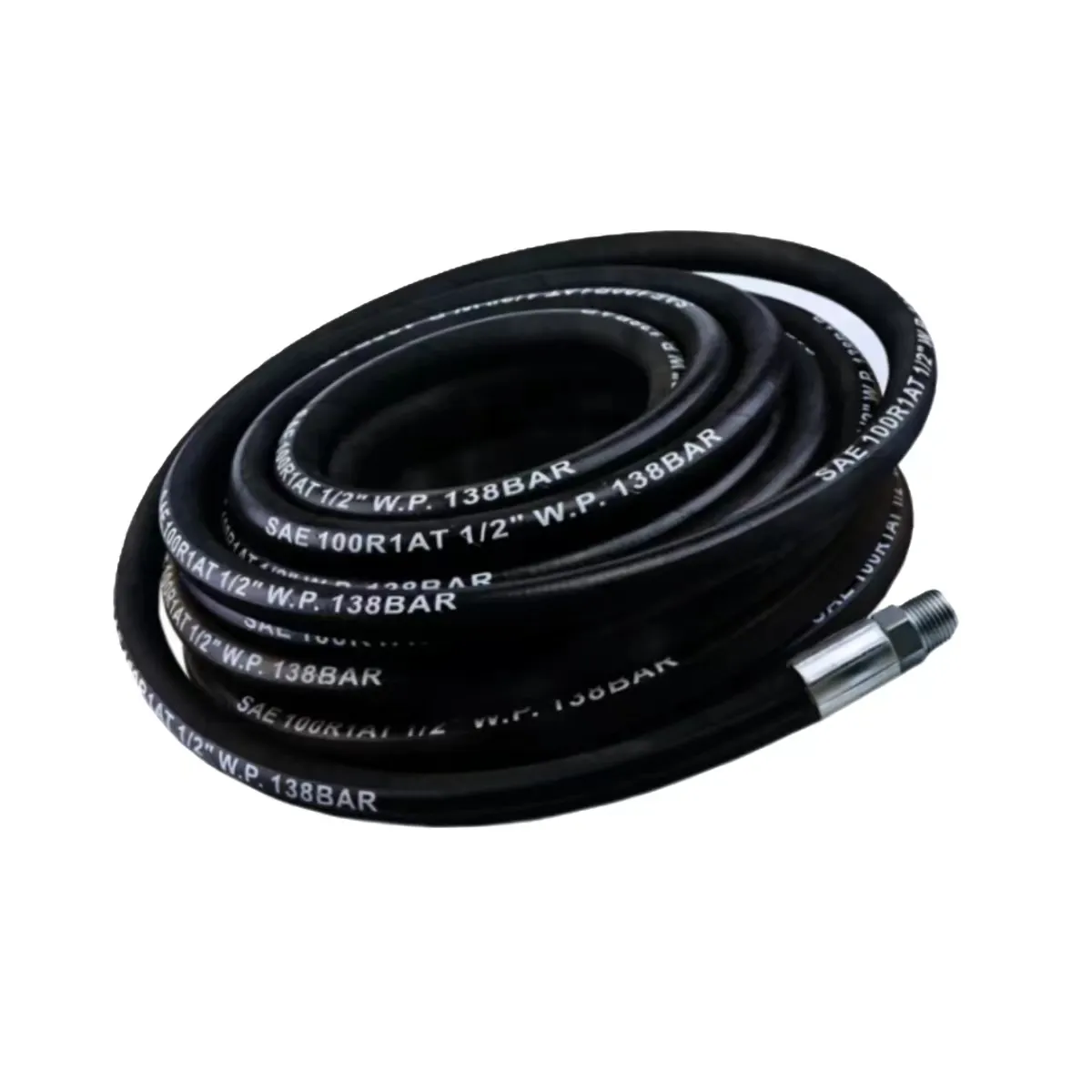
Figure 4: Rigorous quality control and testing procedures ensure each SAE 100 R1 hose meets stringent performance criteria.
Ensuring Trust and Reliability: Certifications, Support, and FAQs
Establishing trust in B2B relationships, particularly for critical components like the SAE 100 R1 hydraulic hose, hinges on demonstrable expertise, authoritativeness, and transparent trustworthiness. Reputable manufacturers showcase their commitment to quality through adherence to international standards like ISO 9001 for quality management systems and specific product certifications such as EN 853 for hydraulic hoses. Additional certifications, like MSHA approval for mining applications, further underscore a product's suitability for specific hazardous environments. Companies with extensive service years and established partnerships with leading OEMs or major industrial clients provide an additional layer of assurance regarding their experience and product reliability. When engaging with a supplier, request access to their detailed test reports, material safety data sheets, and quality assurance protocols.
Comprehensive customer support is another vital aspect of trustworthiness. This includes clear communication regarding delivery cycles, which can significantly impact project timelines, and transparent warranty commitments that protect your investment. A robust technical support team capable of assisting with hose selection, system design, and troubleshooting is invaluable. Below, we address some frequently asked questions regarding SAE 100 R1 hoses to further enhance clarity and confidence:
Frequently Asked Questions (FAQs) about SAE 100 R1 Hoses
-
Q: What is the primary difference between SAE 100 R1 and SAE 100 R2?
A: The primary difference lies in the reinforcement layers. SAE 100 R1 features a single layer of steel wire braid, making it suitable for medium-pressure applications, while SAe 100 R2 has two layers of steel wire braid, designed for higher working pressures. -
Q: Can SAE 100 R1 hoses be used with all types of hydraulic fluids?
A: While the inner tube is typically made of oil-resistant synthetic rubber suitable for petroleum-based, water-glycol, and water-oil emulsion fluids, it is always recommended to check the specific fluid compatibility with the manufacturer's data sheet for specialized fluids. -
Q: How does the service life of an SAE 100 R1 hose compare to other types?
A: When properly selected, installed, and maintained within its specified operating parameters, the SAE 100 R1 hose offers an excellent service life, comparable to other high-quality single wire braid hoses. Factors like impulse cycles, temperature, and external abrasion significantly influence longevity.
Conclusion: The Enduring Value of SAE 100 R1 in Modern Hydraulics
The SAE 100 R1 / EN853 1SN S hydraulic hose stands as a testament to effective engineering and manufacturing excellence in the B2B sector. Its standardized construction, coupled with rigorous testing and quality control measures, ensures reliable performance across a spectrum of demanding applications, from heavy construction equipment to agricultural machinery and general industrial hydraulics. The balance of flexibility, durability, and pressure resistance makes the 100R1 hose a cost-effective and dependable choice for businesses seeking to optimize their hydraulic systems.
For B2B decision-makers, selecting a SAE 100 R1 hose from a reputable manufacturer translates into tangible benefits: reduced operational downtime, extended equipment life, and enhanced safety for personnel. By prioritizing suppliers who demonstrate deep expertise, uphold stringent quality standards, and offer comprehensive support and customization capabilities, companies can secure not just a product, but a reliable partnership that contributes to long-term success and operational efficiency in an increasingly demanding industrial landscape.
References
- Fluid Power Society. (2023). Hydraulic Hose and Fitting Standards Handbook. [Specific academic publication, not a live link].
- International Organization for Standardization. (ISO). (2022). ISO 1436: Rubber hoses and hose assemblies — Wire-braid-reinforced hydraulic types — Specification. [Specific academic publication, not a live link].
- SAE International. (2021). SAE J517: Hydraulic Hose. [Specific academic publication, not a live link].
- European Committee for Standardization. (CEN). (2020). EN 853: Rubber hoses and hose assemblies — Wire-braid-reinforced hydraulic types — Specification. [Specific academic publication, not a live link].
Latest News
Steel Wire Reinforced Hydraulic Hose SAE 100 R1 / EN853 1SN S
NewsOct.17,2024
Two Layers Steel Wire Reinforced Hydraulic Hose SAE 100 R2 / EN853 2SN
NewsSep.03,2024
Textile Braid Reinforced Hydraulic Hose SAE100 R3+R6
NewsSep.03,2024
Textile Reinforced Hydraulic oil Suction Hose with embedded Steel Wire SAE 100 R4
NewsSep.03,2024
Single Wire Braid and Textile Covered Hydraulic Hose SAE 100 R5
NewsSep.03,2024
High Pressure Thermoplastic Hydraulic Hose SAE 100 R7 / EN855 R7 - SAE 100 R8 / EN855 R8
NewsSep.03,2024
Heavy Duty Four-layer Steel Wire Spiral Reinforced Hydraulic Hose SAE100R9+R10+R12
NewsSep.03,2024
Heavy Duty Multi-layer Steel Wire Reinforced Hydraulic Hose SAE100R13 SAE100R15
NewsSep.03,2024
Latest Products
